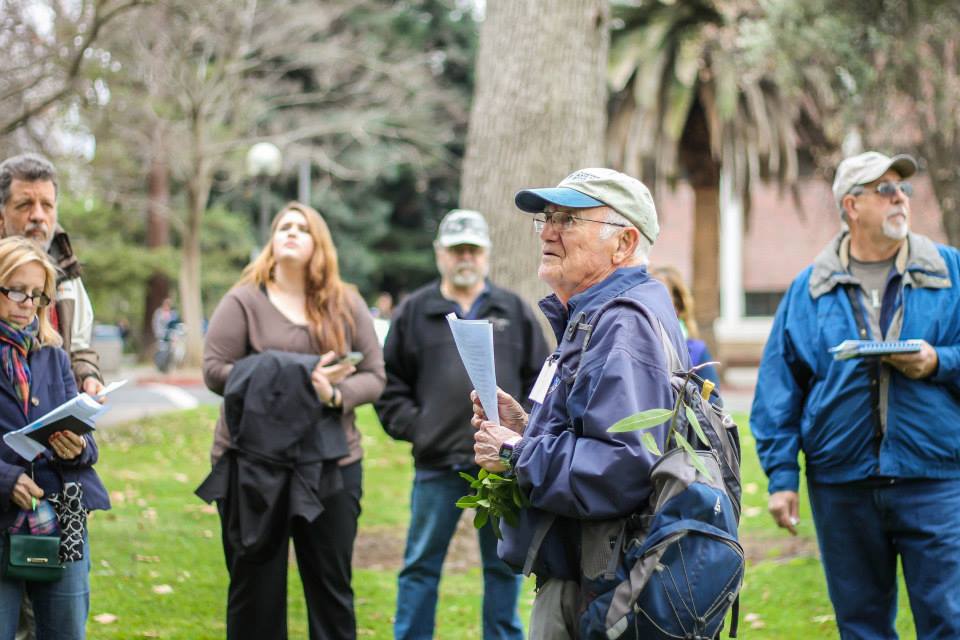Blog Post #4
When I read the article by Keri Franklin about her experiences with learning a new type of literacy, it reminded me of Deborah Brandt’s article. The section in Brandt’s article that I thought related to Franklin’s article is “Sponsorship and Appropriation in Literacy Learning.” Keri Franklin’s experience with using Twitter is another example of using appropriation just like the two cases we studied of Carol White and Sarah Steele. In order to be more successful at tweeting, Franklin started to analyze people’s tweets more closely to understand their use of conventions. This helps her become a better tweeter. Appropriation is basically taking someone else’s idea and applying it to your own uses of them. The definition may sound bad but it actually isn’t because people are learning new things they haven’t thought about.
I haven’t recently learn anything dramatically new in literacy but I am so bad at graphic designing. This is a weird fact about me because I’m a photographer and I use photoshop but I cannot design my own logo. People would think that if a person is good at photography, they should be good at graphic designing too since both involves digital art but I cannot, I just can’t do it. It took me for hours trying to design my logo but takes me like ten minutes editing a photo. I think I shouldn’t blame myself so much because it was a new program that I wasn’t familiar with so obviously it was harder for me to catch on since I was never taught it. Just like Franklin, I have to slowing learn my way into graphic design and I’ll probably need a graphic designing mentor.







 Website:
Website: